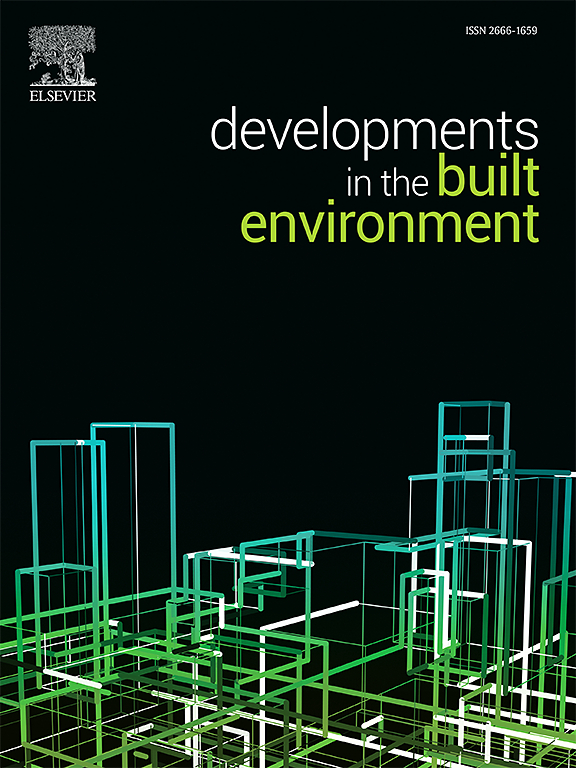Fire scenario simulation method for residential buildings based on generative adversarial network
IF 8.2
2区 工程技术
Q1 CONSTRUCTION & BUILDING TECHNOLOGY
引用次数: 0
Abstract
Fire scenario simulation in residential buildings is crucial for fire safety design, risk assessment, and emergency management. Traditional CFD-based methods face challenges, including long computation times and reliance on expertise, limiting their use for real-time prediction and rapid design optimization. This study introduces a novel simulation method using Generative Adversarial Networks (GANs). A database of 50 residential layouts encompassing a wide variety of apartment configurations is constructed, with high-resolution spatiotemporal data on temperature and soot visibility generated via CFD. The GAN-based model uses layouts, ignition locations, and fire development times as inputs to predict temperature and soot fields. Experimental results show the model achieves an average Structural Similarity Index (SSIM) of 95.7 % compared to CFD and reduces prediction time to 2.56 s—an efficiency improvement of 80,000 times. This method provides an efficient tool for fire risk assessment, evacuation planning, and intelligent fire protection system design in residential buildings.
基于生成对抗网络的居民楼火灾场景仿真方法
住宅建筑火灾场景模拟对消防安全设计、风险评估和应急管理具有重要意义。传统的基于cfd的方法面临挑战,包括计算时间长,依赖专业知识,限制了它们在实时预测和快速设计优化中的应用。本文介绍了一种基于生成对抗网络(GANs)的新型仿真方法。该项目建立了一个包含50种住宅布局的数据库,其中包括各种公寓配置,以及通过CFD生成的温度和烟尘可见度的高分辨率时空数据。基于gan的模型使用布局、点火位置和火灾发展时间作为预测温度和烟尘场的输入。实验结果表明,与CFD相比,该模型的平均结构相似指数(SSIM)达到95.7%,预测时间缩短至2.56 s,效率提高了8万倍。该方法为居民楼火灾风险评估、疏散规划和智能消防系统设计提供了有效的工具。
本文章由计算机程序翻译,如有差异,请以英文原文为准。
求助全文
约1分钟内获得全文
求助全文
来源期刊

Developments in the Built Environment
Multiple-
CiteScore
7.40
自引率
1.20%
发文量
31
审稿时长
22 days
期刊介绍:
Developments in the Built Environment (DIBE) is a recently established peer-reviewed gold open access journal, ensuring that all accepted articles are permanently and freely accessible. Focused on civil engineering and the built environment, DIBE publishes original papers and short communications. Encompassing topics such as construction materials and building sustainability, the journal adopts a holistic approach with the aim of benefiting the community.
 求助内容:
求助内容: 应助结果提醒方式:
应助结果提醒方式:


